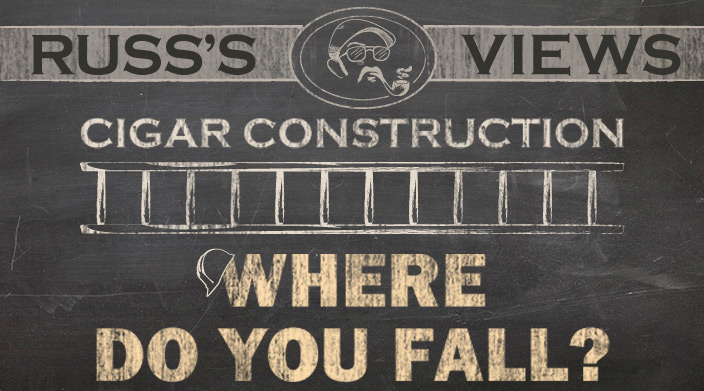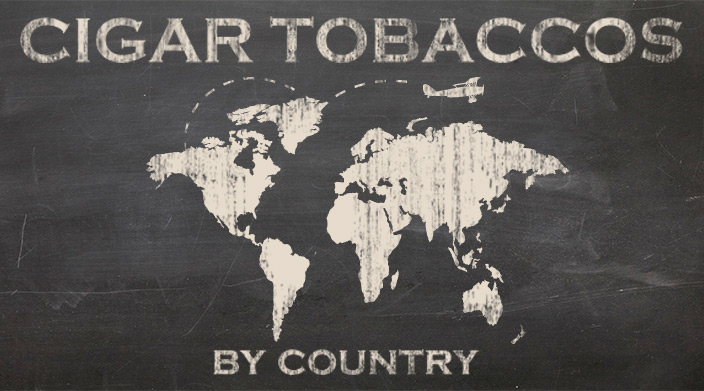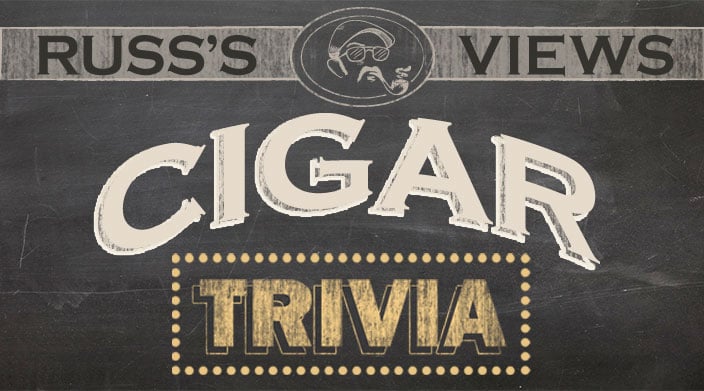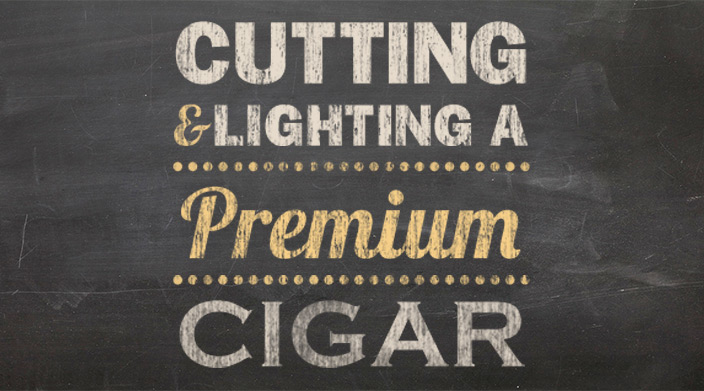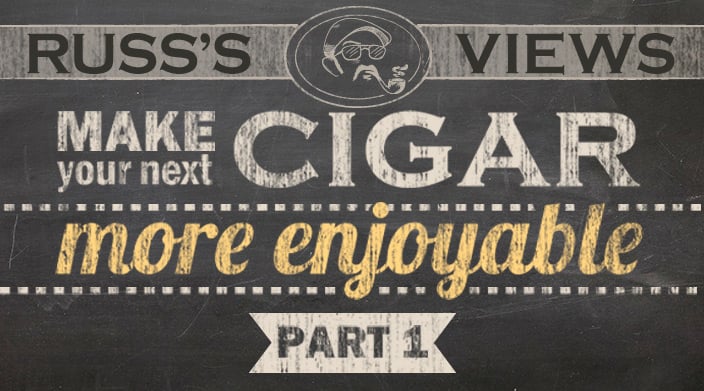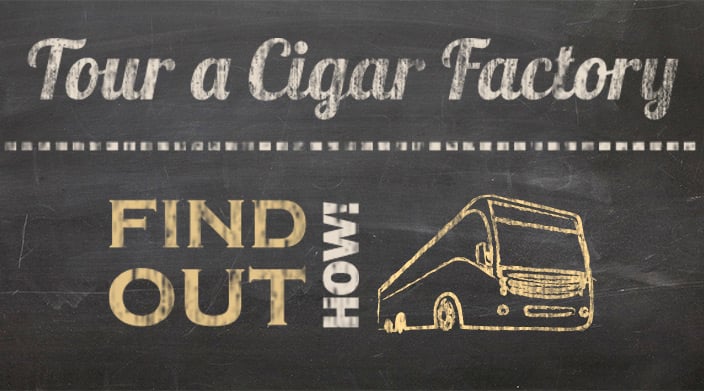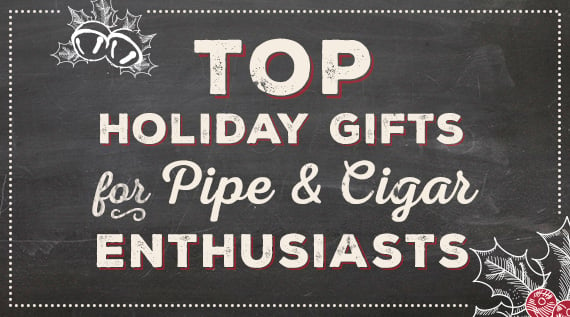Recently, while talking about home electronics, Bob Gates (the head honcho of pipesandcigars.com) and I realized that we use the same approach- stay on top of the technology, watch the prices, and wait for the second or third generation before buying.
There’s a lot to be said for patience. If you’re patient, you might find your favorite product on sale. But sometimes patience pays off in other ways, and that’s what this article is about.
I started smoking premium cigars around 1977. Back then, my choices weren’t all that broad- Macanudo, Punch, Hoyo de Monterrey, Joya de Nicaragua, Don Diego, Fuente, and Montoya were the bulk of the market, along with a handful of other imports. Even then, my palate ran toward the stronger blends, mainly JDN, Hoyo Rothschild Oscuro, and a real powerhouse from Fuente- Flor de Orlando.
People have asked me why they see me so frequently with a cigar when my reputation is about pipe tobacco. It’s about flavor profile. For example, if I were a chef at a Mexican restaurant, I wouldn’t want to eat Mexican-style food on my off hours. When spending a lot of time with certain flavors, your palate needs a break. I keep my palate as sharp as I can by using the distinctly different taste of a cigar, so that when I’m working on a new blend, I can easily analyze the nuances. If I had a pipe in my mouth all the time, I wouldn’t be able to pick up on a lot of the subtleties of the tobacco.
I have found that my love of a good cigar has been a roller coaster affair. Initially, there wasn’t a lot to choose from, but what was available was very good and fairly consistent as the audience wasn’t all that large. The eighties weren’t as enjoyable, as I love Nicaraguan smokes, and with the political unrest, supplies were spotty and so was the product that was available. Then came the nineties. Nicaragua began a comeback, but more importantly, a perfect storm of circumstances resulted in one of the most amazing periods in the history of tobacco use- the Cigar Boom.
One factor was a rise in disposable income, and a move by the young professionals into the “style over substance” arena. They wanted to dress well, drive nice cars, eat at the best restaurants, and as an accessory, almost, they discovered premium cigars. Along came a magazine that played right into their hands- Cigar Aficionado. It not only talked about and rated cigars, but it was fully invested in the upscale lifestyle. They had articles about cars, vacation spots, wines and spirits, golf, and many of the other things that were identified with a more affluent means of living. For those who couldn’t afford the $20,000 watches they wrote about in CA, most could at least afford the cigars. So people of modest means turned to the magazine to learn about their new hobby.
All of the sudden, it was “cool” to smoke a fine cigar. Shops popped up everywhere, and in many cases they were run by people with little or no real knowledge, but who were looking to take advantage of a hot industry. Cigar bars, or restaurants with rooms to accommodate cigar smokers, became common, especially in larger cities.
Additionally, a whole bunch of manufacturers cropped up, a number of which were only interested in turning out a fair to poor product at a low cost, so they could sell them fast and cheap to stores that were starving for merchandise. Without question, in the years from 1992 to 1997 I smoked some of the worst crap I’ve ever had the displeasure to light up. I’ll leave names out, but there was a cigar in a shop near my house that didn’t look all that great, but the price was reasonable for a long-filler smoke, so I figured that I’d give it a shot since there was precious little in their humidor. I would have preferred smoking a roll of paper towels. In fact, that’s what it smelled and tasted like- burning paper.
But like all trends, the boom went bust in the late nineties. As quickly as they showed up, shops were closing. These profiteers came out of nowhere, and when traffic slowed down, they folded their tents and started selling other “hot” items. Now, all of a sudden, there was a glut of hand rolled cigars and a much smaller marketplace. Prices began to settle down a bit after more than a half-decade of rapidly rising stickers. Moreover, there was a lot of good tobacco being set aside to age, as there was no hurry any longer to get product on shelves. Additionally, all the experimentation being done to get a leg up on the competition during the boom began to pay off in the late nineties and into the new millennium as they had time to properly develop new blends by using new hybrids, growing techniques, and knowledge learned during those frantic days of the boom.
Limited edition cigars made with tobaccos hand-selected from crops with five years or more of age on them started to arrive, and some of the smaller companies that made a name during those years could experiment with different tobaccos from various countries to produce more variety, and at a much-higher quality level.
So for now, we have the advantage of great cigars, and reasonable prices as well. And as some of the older stogies reach the end of their run, there are some fantastic closeout buys as well. So this is the time to benefit from the cyclical nature of the premium cigar business. When I was working for a mass-retailer a number of years ago, I was given a piece of advice about items that peak and valley: stock up before the boom (if you see it coming) and only buy what you know you’ll like.
I don’t know about you, but I smell another boom about to happen once the economy turns the corner, so load up the coolerdor and get ready for the next hump in the popularity of premium cigars.





